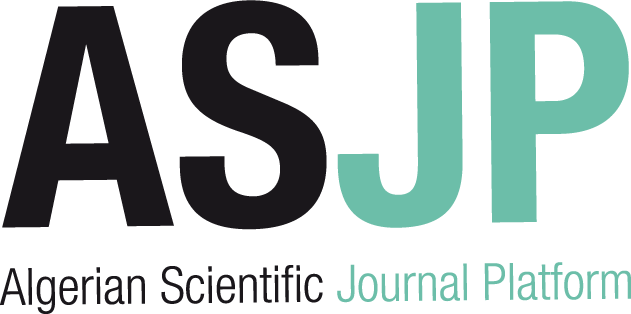[article]
| Titre : |
Film thickness modulations in starved elastohydrodynamically lubricated contacts induced by time-varying lubricant supply |
| Type de document : |
texte imprimé |
| Auteurs : |
C. H. Venner,, Auteur ; G. Popovici, Auteur ; P. M. Lugt, Auteur |
| Année de publication : |
2015 |
| Article en page(s) : |
10 p. |
| Note générale : |
Tribology |
| Langues : |
Anglais (eng) |
| Mots-clés : |
Wavelength Lubricants Stress Film thickness Thickness Shapes Oscillations |
| Résumé : |
Many elastohydrodynamically lubricated contacts in practical applications, e.g., in bearings, operate in the starved lubrication regime. As a result their performance is sensitive to variations of the lubricant layers present on the surfaces, which form the supply to the contact. Their shape is often determined by previous overrollings of the track and also by replenishment mechanisms and various migration effects. Variations of the layers induced in the direction of rolling lead to a time-varying lubricant supply to the contact. In this paper, by means of numerical simulations using a starved lubrication model, the film thickness modulations in the center of the contact induced by a harmonically varying inlet supply have been investigated. First, for a given load condition and layer wavelength, the effect of the nominal layer thickness (degree of starvation) and the layer variation amplitude is illustrated. Subsequently, using results for different load conditions, wavelengths, and degrees of starvation, it is shown that the response of the contact to such variations is determined by a nondimensional parameter, which represents the ratio of the entrainment length of the contact to the wavelength of the induced variation, and by the degree of starvation. A simple formula is presented for use in engineering predicting the ratio of the amplitude of the film modulations in the center of the contact to the amplitude of the layer variations in the inlet. |
| En ligne : |
http://tribology.asmedigitalcollection.asme.org/article.aspx?articleid=1468105 |
in Transactions of the ASME . Journal of tribology > Vol. 130 N° 4 (Octobre 2008) . - 10 p.
[article] Film thickness modulations in starved elastohydrodynamically lubricated contacts induced by time-varying lubricant supply [texte imprimé] / C. H. Venner,, Auteur ; G. Popovici, Auteur ; P. M. Lugt, Auteur . - 2015 . - 10 p. Tribology Langues : Anglais ( eng) in Transactions of the ASME . Journal of tribology > Vol. 130 N° 4 (Octobre 2008) . - 10 p.
| Mots-clés : |
Wavelength Lubricants Stress Film thickness Thickness Shapes Oscillations |
| Résumé : |
Many elastohydrodynamically lubricated contacts in practical applications, e.g., in bearings, operate in the starved lubrication regime. As a result their performance is sensitive to variations of the lubricant layers present on the surfaces, which form the supply to the contact. Their shape is often determined by previous overrollings of the track and also by replenishment mechanisms and various migration effects. Variations of the layers induced in the direction of rolling lead to a time-varying lubricant supply to the contact. In this paper, by means of numerical simulations using a starved lubrication model, the film thickness modulations in the center of the contact induced by a harmonically varying inlet supply have been investigated. First, for a given load condition and layer wavelength, the effect of the nominal layer thickness (degree of starvation) and the layer variation amplitude is illustrated. Subsequently, using results for different load conditions, wavelengths, and degrees of starvation, it is shown that the response of the contact to such variations is determined by a nondimensional parameter, which represents the ratio of the entrainment length of the contact to the wavelength of the induced variation, and by the degree of starvation. A simple formula is presented for use in engineering predicting the ratio of the amplitude of the film modulations in the center of the contact to the amplitude of the layer variations in the inlet. |
| En ligne : |
http://tribology.asmedigitalcollection.asme.org/article.aspx?articleid=1468105 |
|


 Ajouter le résultat dans votre panier Faire une suggestion Affiner la recherche
Ajouter le résultat dans votre panier Faire une suggestion Affiner la rechercheFilm thickness modulations in starved elastohydrodynamically lubricated contacts induced by time-varying lubricant supply / C. H. Venner, in Transactions of the ASME . Journal of tribology, Vol. 130 N° 4 (Octobre 2008)











